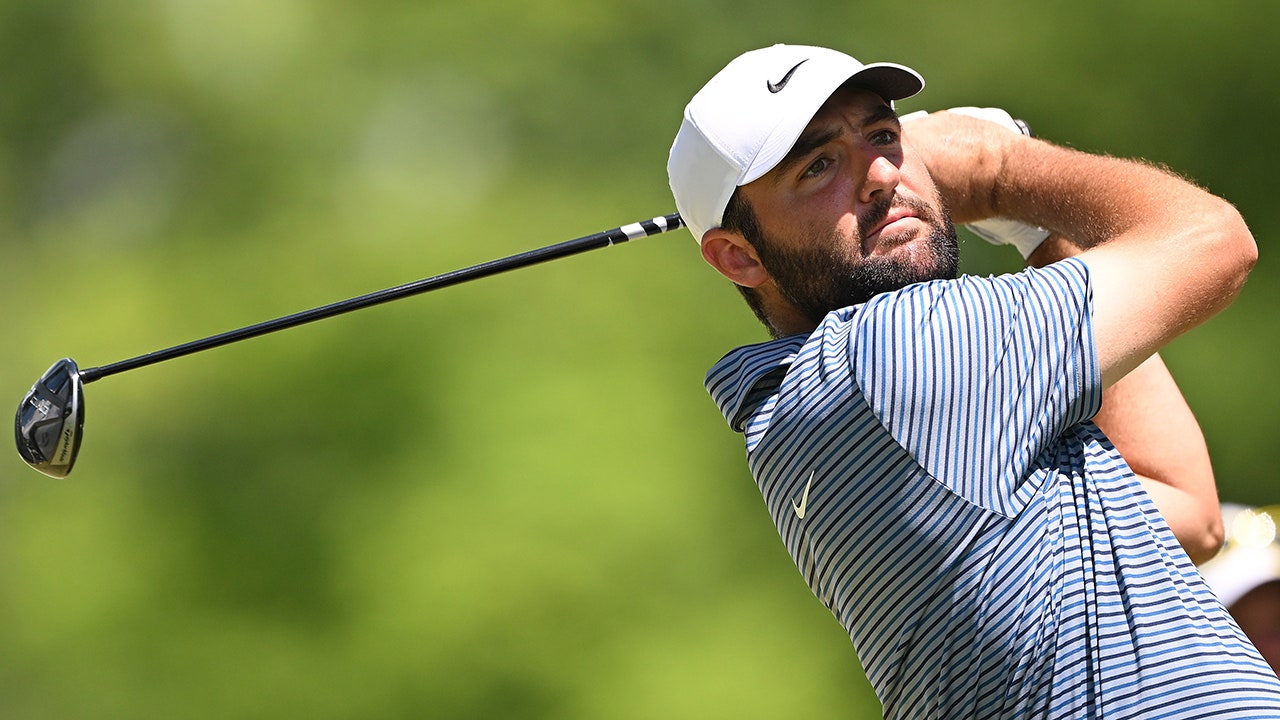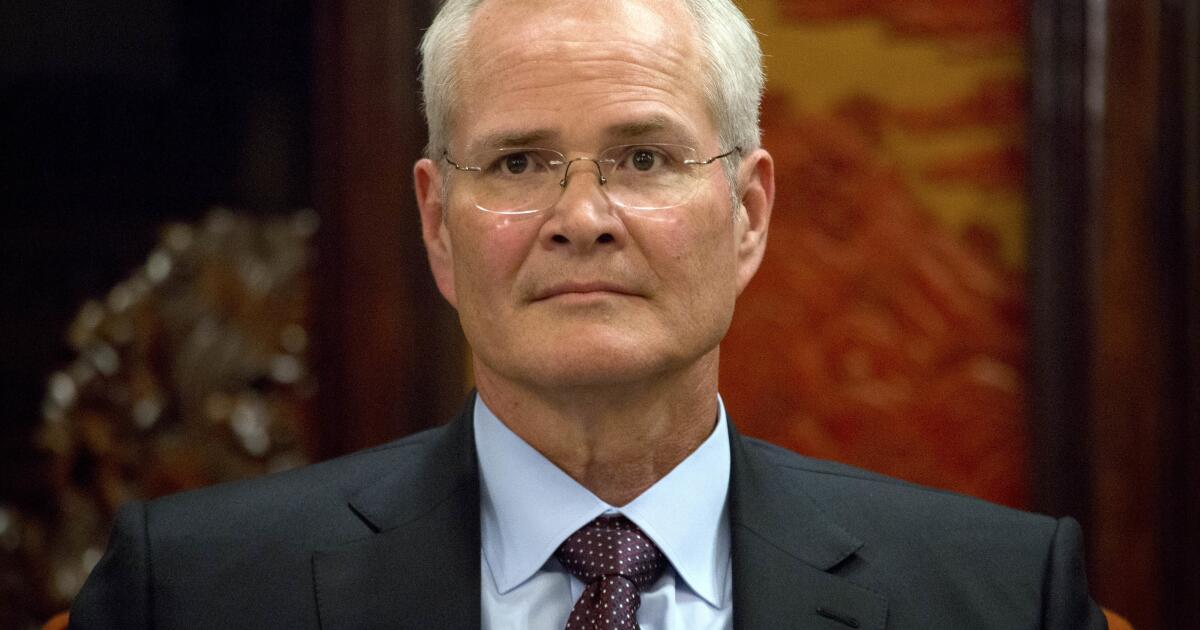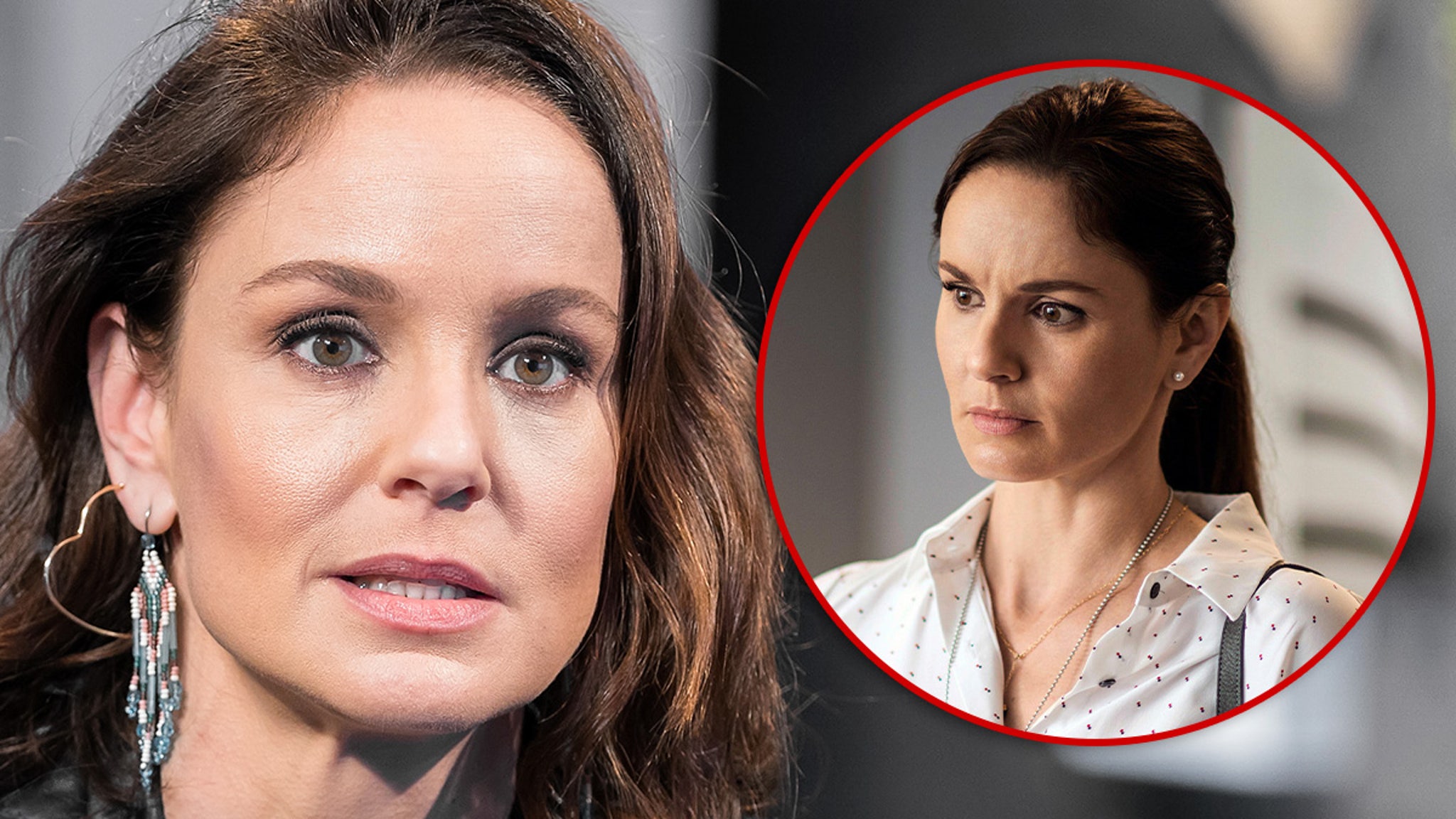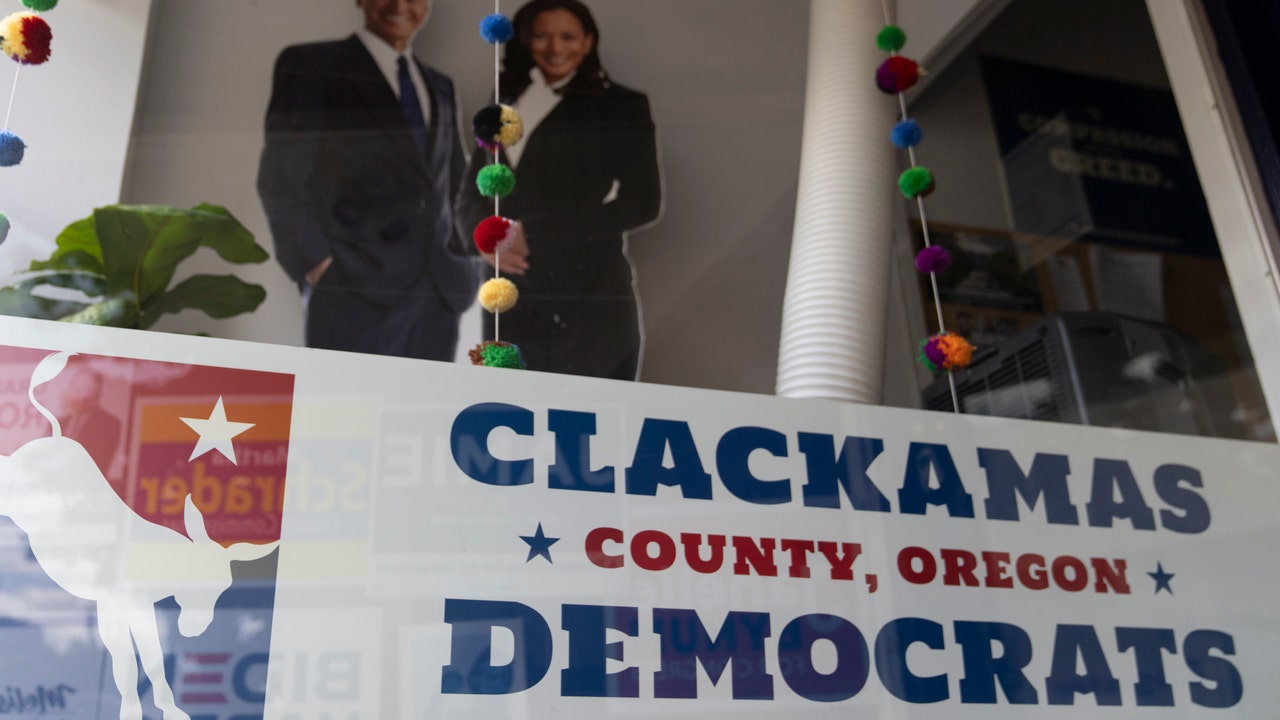Maryland
Maryland Senate president expresses concerns over framework of Orioles’ lease

The president of Maryland’s state Senate expressed concerns Friday about tying the Baltimore Orioles’ new lease at Camden Yards to an agreement on development near the ballpark.
A spokesman for Gov. Wes Moore said the administration will work to address those concerns, with less than a month remaining before the team’s current lease expires.
The Orioles’ lease expires at the end of the year. In September, the team dramatically announced a new 30-year deal to stay at Camden Yards — a message to that effect appeared on the scoreboard in the middle of a game the night the team clinched the AL East. The following day, the governor’s office released details of a memorandum of understanding involving Moore, the team and the Maryland Stadium Authority, but it’s not clear when the deal will be finalized and approved.
The September agreement included a 99-year development rights agreement for areas surrounding the ballpark, including the warehouse and Camden Station. That now appears to be a sticking point for Senate President Bill Ferguson, a Baltimore Democrat.
“Fundamentally, I believe that the long-term lease for the use of the ballpark should not be conditioned on whether or not a private owner receives a 99-year ground lease to develop land owned by Maryland taxpayers,” Ferguson said in a statement. “This is more relevant today, as recent news has heightened uncertainties about the future ownership of the team.”
Bloomberg reported Thursday, citing unidentified sources, that Carlyle Group Inc. co-founder David Rubenstein has been in talks to acquire the Orioles. The team did not respond to a message seeking comment, and a spokesman for Rubenstein declined comment.
“Let’s secure a long-term lease, agree to future discussions about development around the facility, and give Orioles fans what they deserve: certainty and a winning team,” Ferguson said.
David Turner, a communications director and senior adviser to Moore, said the administration understands Ferguson’s concerns.
“The governor has made it clear he wants to work in partnership and move forward together,” Turner said. “While President Ferguson expressed support for a majority of the deal, he stated his principled disagreement on the framework of the proposed ground lease, and as a result the administration will continue to work to address those concerns with the stadium agreement that the Maryland Stadium Authority, the Moore-Miller administration, and the Baltimore Orioles have put forth.”

Maryland
Wythe County crash leaves 32-year-old Maryland man dead

WYTHE COUNTY, Va. – Virginia State Police is investigating a crash in Wythe County that left a 32-year-old man dead.
Authorities said the crash occurred on Sunday, May 19 at about 9 a.m. on I-81 southbound at the 83 mile marker.
We’re told 32-year-old Juan J. Macias, of Baltimore, Maryland, was driving southbound in a 2004 Ford F150 at a high rate of speed when he went off the road to the right and hit a guardrail before overturning.
The incident happened near Formato Lane, according to State troopers.
Virginia State Police confirm that Macias died at the scene.
The crash remains under investigation, authorities said.
Copyright 2024 by WSLS 10 – All rights reserved.
Maryland
Early mail-in ballot counting helped call some Maryland primary races sooner

Early mail-in ballot canvassing became an official mainstay in Maryland in 2024, helping elections officials to produce quick results in tight races on the night of the primary in contests for Baltimore mayor and U.S. Senate.
By Tuesday — the day of the primary — 146,840 mail-in ballots had already been counted across the state, data from the Maryland State Board of Elections showed.
That counting was made possible by legislation passed by state officials in 2023 to help local boards of elections more quickly process the increasing number of mail-in ballots.
For some races, that speed paid dividends.
On the night of the primary, Prince George’s County Executive Angela Alsobrooks defeated U.S. Rep. David Trone, a multimillionaire who injected more than $60 million of his own money into his campaign to replace retiring Democratic U.S. Sen. Ben Cardin.
Her victory came after polls earlier in the campaign, including one conducted for The Baltimore Sun, University of Maryland and FOX45, showed Trone with an advantage. Instead, Alsobrooks took a 10% lead over Trone as returns came in Tuesday.
Primary night vote counts included returns from the state’s eight-day early voting period, primary day itself and mail-in ballots canvassed ahead of Tuesday. About 463,000 of the now 576,896 Democratic ballots tallied in the Senate race were processed by primary night, state data shows.
In Baltimore, a call in the mayoral race this year came considerably faster than it did in 2020 when Brandon Scott did not become the clear winner until a full week after the Democratic primary. Chief rival Sheila Dixon further extended the race that year, waiting an additional five days to concede.
In 2020, the coronavirus pandemic forced the state to hold its first election mostly by mail. Just 3,913 voters cast ballots in person, leaving the city with 156,164 mail-in ballots to count — a process that took many days.
This year, more than 32,500 voters cast mail-in ballots in Baltimore, about 95% of them from Democratic voters. Canvassing began in April and the Baltimore Board of Elections had 11,781 mail-in ballots counted by primary day.
Scott opened up a sizable gap between himself and challenger Sheila Dixon on primary night — about 6,500 votes more than the former mayor. It was enough for The Associated Press to call the race at 11:24 p.m. Tuesday, and Scott declared victory minutes later.
Scott’s lead held Thursday as elections staff got to work counting many of the remaining mail-in ballots. With more than 14,800 new ballots tallied, Scott’s margin expanded to almost 8,900. Of the 79,159 votes counted in the race so far, about 80% were counted by primary night. At least 3,000 mail-in ballots have yet to be counted, and about 6,300 provisional ballots must still be considered.
Dixon conceded the mayoral race Friday.
Roger Hartley, dean of the University of Baltimore’s College of Public Affairs, said the early jump election officials got on ballot counting and the unexpectedly large margins for some candidates contributed to earlier results this cycle.
“It was always going to be a learning curve,” he said of Maryland’s implementation of widespread mail-in voting. “It feels like they’re getting better at it, and they’re going to get better at it each time.”
Hartley said most election watchers did not anticipate the U.S. Senate or mayoral race to be called primary night. But Scott opened a gap that Dixon was unlikely to close. She would have needed to win 60% to 70% of the remaining mail-in ballots, Hartley said.
“With Alsobrooks, it was like, wow, this is really over,” Hartley said. “But if it had been reasonably close, we would still be parked at the Board of Elections waiting for votes to come out.”
Some races, however, will always be too close to call on election night, Hartley cautioned. That was the case with several hotly contested races for the Baltimore City Council. Even after Thursday’s count, several remained undecided. Top candidates for the city’s District 11 in South Baltimore and District 8 in West Baltimore were separated by fewer than 150 votes.
Baltimore’s election board opted to pause ballot counting Friday and through the weekend. The process will resume Monday. Provisional ballots will be considered Wednesday.

The 2024 primary marked the first year that elections officials were able to canvass mail-in votes ahead of Election Day on a nonemergency basis.
In 2020, when mail-in balloting was adopted in large numbers during the pandemic, then-Gov. Larry Hogan issued an executive order to allow local election boards to count on an emergency basis.
The Maryland General Assembly passed legislation in 2022 to make early canvassing a regular part of the election process beyond the pandemic. Hogan, a Republican, vetoed the bill, but some jurisdictions were able to start counting general election mail-in ballots before Election Day following a court ruling.
The bill was reintroduced and passed in 2023. Gov. Wes Moore, a Democrat, signed it into law, officially moving the start of the mail-in canvass across the state from two days after an election to up to eight days before the start of early voting.
Several local boards, including those in Baltimore City and Anne Arundel, Carroll and Harford counties began counting on the earliest possible day allowed under the new law.
As of Friday night, approximately 377,000 mail-in ballots were received of the more than 595,000 sent. Nearly 65% of received ballots have been counted, thus far.
Requests for mail-in ballots during the 2022 election reached over 642,000 — the highest in state history. In an interview with The Sun earlier this month, Jared DeMarinis, Maryland’s elections administrator, said he anticipates requests for the general election in November will break that record.

Maryland
'MaryLand' on PBS ending explained: Does Mary’s dying wish to stay on the Isle of Man come true?

MaryLand comes to an end tonight on Masterpiece on PBS, revealing just how profound an impact the death of their mother has had on the lives of sisters Rosaline (Eve Best) and Becca (Suranne Jones). Throughout the three-episode-long series, we’ve watched as Rosaline and Becca bickered, connected, and ultimately came to terms with the fact that their mother Mary (Judy Clifton) wanted to die on her own terms.
**Spoilers for MaryLand Episode 3, now streaming on PBS**
However, the final episode of MaryLand might offer both sisters their biggest choices yet. For Rosaline, a new connection sparked with local cab driver Jacob (Dean Lennox Kelly), has her questioning her priorities in London. Becca, on the other hand, has to deal with the fallout of a tremendous, potentially ruinous fight she has with neglectful husband Jim (Andrew Knott). And don’t even get me started on the reveals that Mary stole her life-ending morphine from death doula pal Cathy (Stockard Channing) or that the sisters’ honestly awful father Richard (George Costigan) flies to the Isle of Man unannounced to block Mary’s final wishes to be buried on the island!!!
So what happens to Rosaline and Becca? Does Mary get her final wish to be laid to rest in the magical place she’s found home? Who stays on the Isle of Man and who goes back to England? And why is Richard the very worst?!?! Here’s everything you need to know about the ending of MaryLand on Masterpiece on PBS…

MaryLand Ending Explained: What Happens in the PBS Show’s Finale?
In the final episode of MaryLand, Jim arrives on the Isle of Man to check in on Becca after Rosaline’s anxious voicemail. Jim and Becca have an explosive argument wherein Becca expresses that she doesn’t want to live the life she’s built with him. Learning more about her mother’s true self has Becca seeing shades of long-suffering Mary in herself. Jim takes off to stay at a bed & breakfast.
Rosaline and Becca are tipped off by Pete that Cathy is holding something back. The sisters confront Cathy about the morphine their mother took to die by suicide. Cathy reveals a recording of Mary nervously affirming she wants to be buried on the island. Even though Cathy maintains that she didn’t give her friend the life-ending drugs, Rosaline still blames the death doula for her mother’s death. She intends to go to the police, but new friend, cab driver Jacob, instead takes her on a walk to a secret part of the island where they go for a swim and then kiss. Rosaline never goes to the cops, but someone still tips them off. Rosaline also learns that her cancer has not come back.
Meanwhile, Richard descends upon the Isle of Man with Becca’s teen daughters Lauren (Rhiannon Clements) and Molly (Yasmin Davies) in tow. He finally received a letter from Mary revealing the truth about her double life with lover Pete (Hugh Quarshie) and expressing her wish to be buried on the Isle of Man. He is furious and insists that Mary’s body be sent back to the UK. Jim goes with him to confront Pete, but Richard deflates upon meeting his dead wife’s lover.
Later, we learn that Jim has brought Becca another letter from her mother. She insists that she and Rosaline read it together. In the letter, Mary reveals the truth and apologizes for the pain she may have brought them and affirms her love for her daughters, whom she wants to be free. The sisters then tell their father that they will ensure Mary is buried according to her wishes and he leaves in fury.
Jim and Becca have a heart-to-heart where they affirm their love for each other, with Jim emphasizing that he doesn’t take her for granted; he’s lucky to have met her. They kiss. As the couple and their daughters prepare to return to England, Rosaline reveals she is staying on the Isle of Man — but not just for the hot cab driver, okay!! She will take care of their mother’s funeral arrangements and the house left in trust.
The series ends with the sisters proclaiming their love for each other and Mary’s wishes being upheld.
Will There Be a MaryLand Season 2 on PBS?
As far as we know, no. The drama series was intended as a limited series and there are only three episodes that have been made. Maybe — just maybe — the show’s popularity could inspire another season following the sisters’ future lives. After all, Becca promises to return to the Isle of Man. But for now, there is no MaryLand Season 2.
-
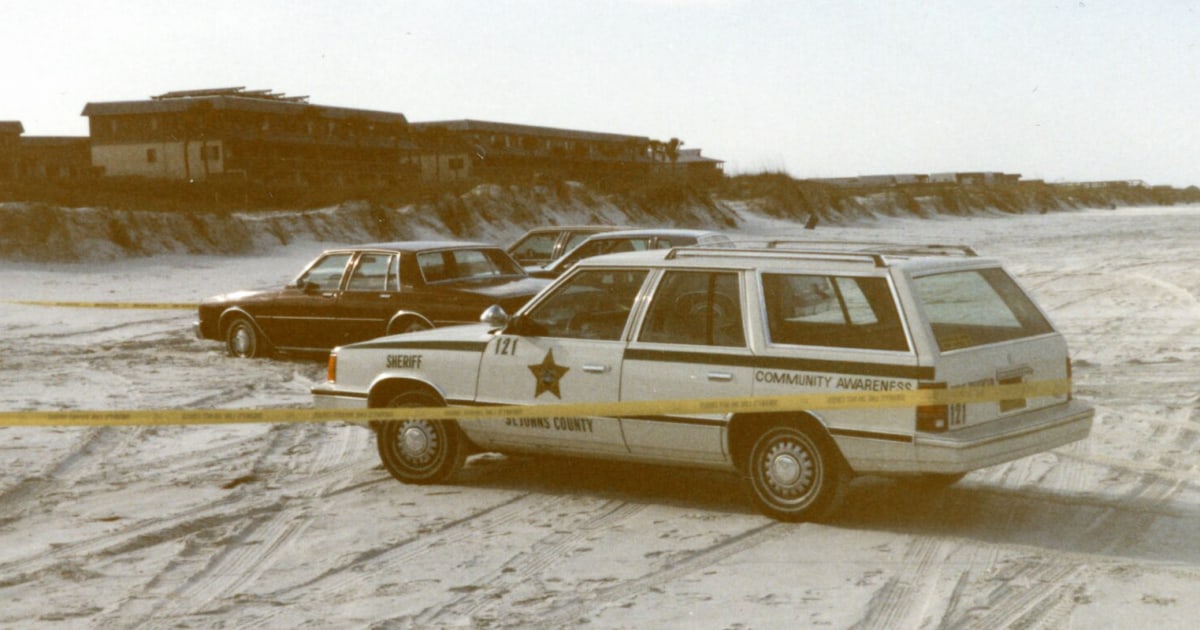
 News1 week ago
News1 week agoSkeletal remains found almost 40 years ago identified as woman who disappeared in 1968
-

 World1 week ago
World1 week agoIndia Lok Sabha election 2024 Phase 4: Who votes and what’s at stake?
-

 Movie Reviews1 week ago
Movie Reviews1 week ago“Kingdom of the Planet of the Apes”: Disney's New Kingdom is Far From Magical (Movie Review)
-

 World1 week ago
World1 week agoUkraine’s military chief admits ‘difficult situation’ in Kharkiv region
-
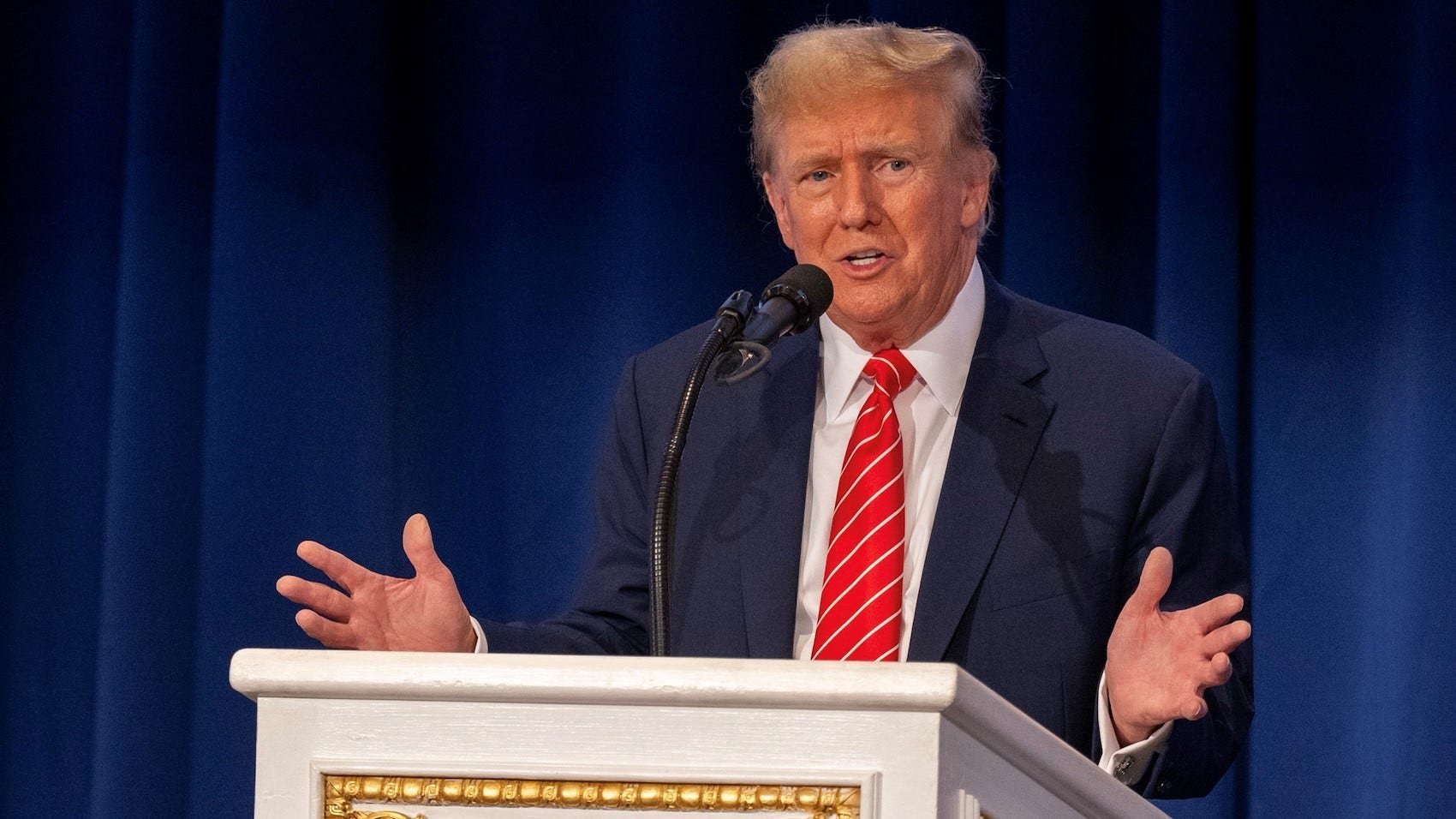
 Politics1 week ago
Politics1 week agoTales from the trail: The blue states Trump eyes to turn red in November
-
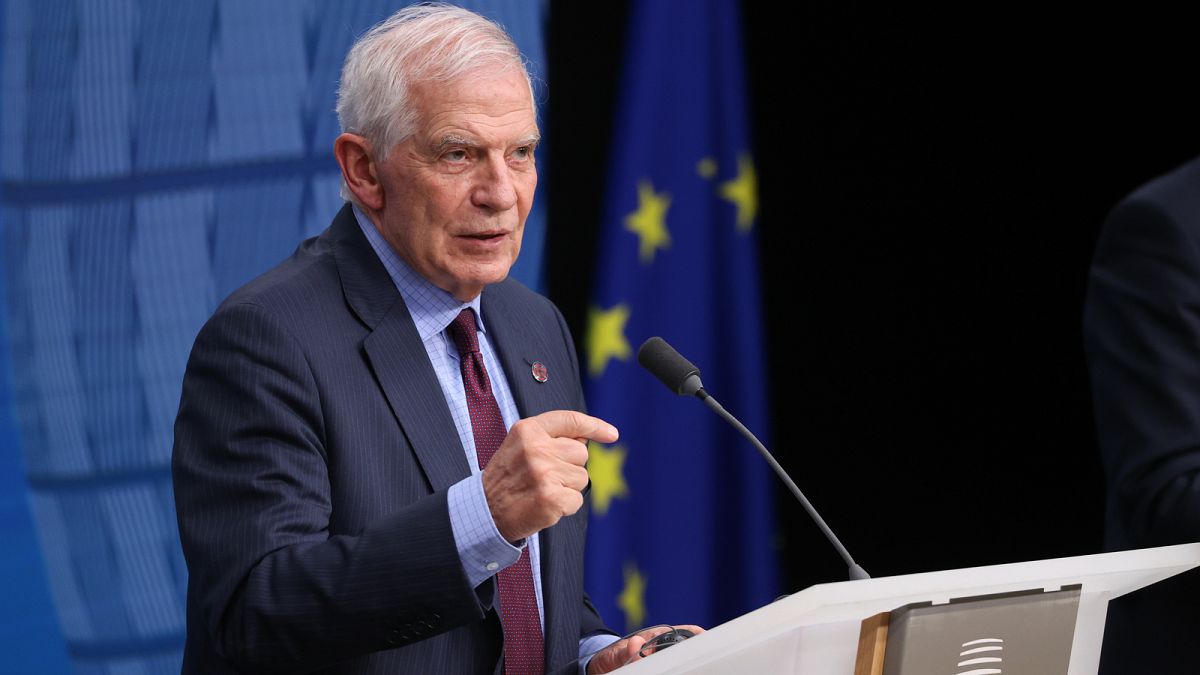
 World1 week ago
World1 week agoBorrell: Spain, Ireland and others could recognise Palestine on 21 May
-
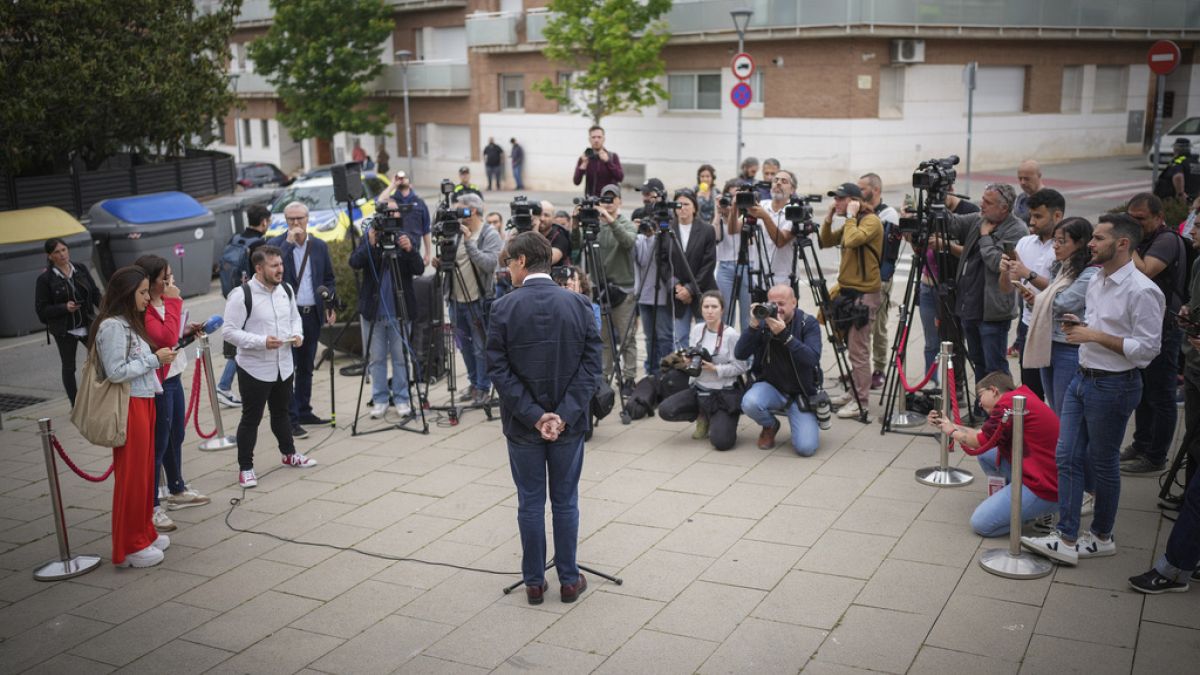
 World1 week ago
World1 week agoCatalans vote in crucial regional election for the separatist movement
-
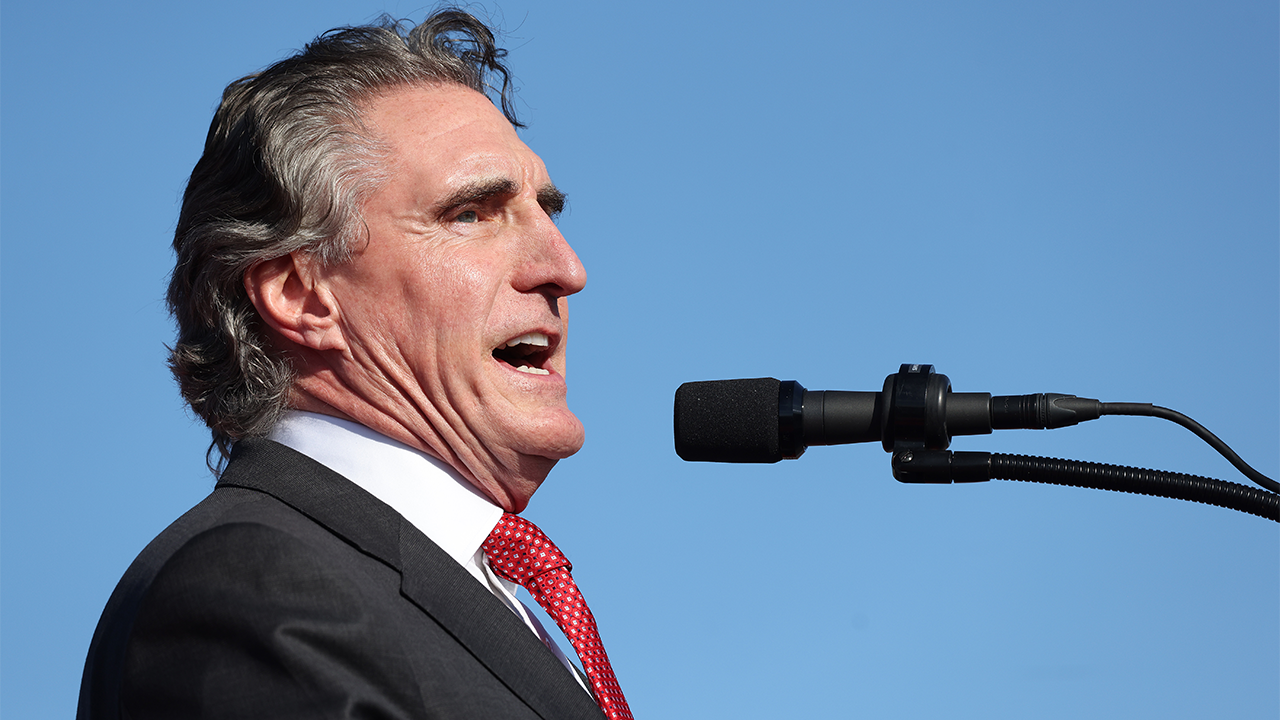
 Politics1 week ago
Politics1 week agoNorth Dakota gov, former presidential candidate Doug Burgum front and center at Trump New Jersey rally






